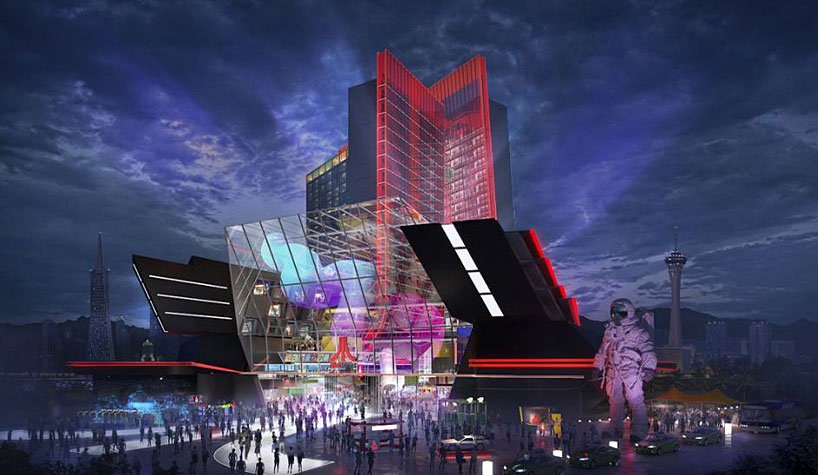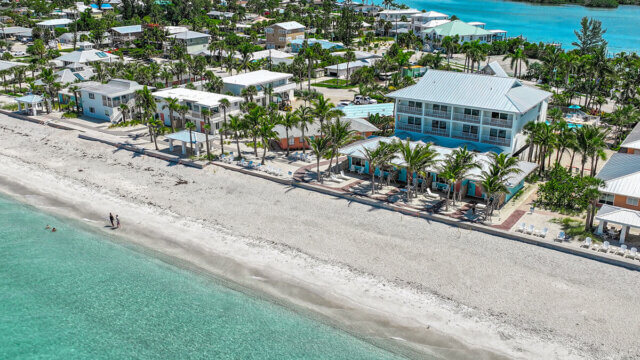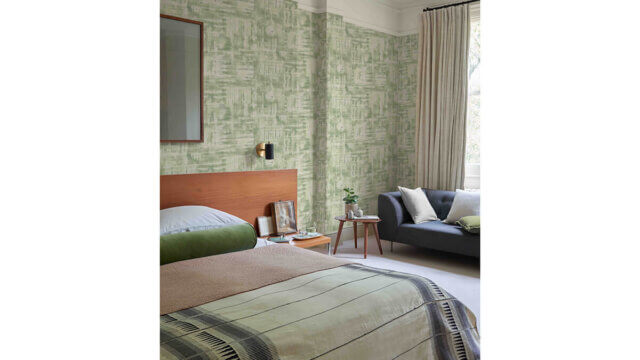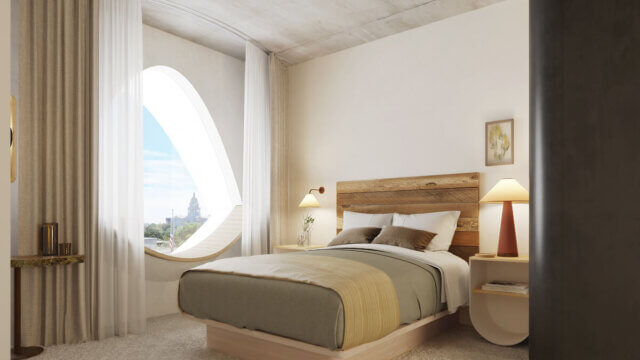After global architecture, design and planning firm Gensler released its 2022 Design Forecast, InspireDesign caught up with Tom Ito, the firm’s global hospitality leader, to find out what hospitality design will look like in the coming year.
What does design look like for hospitality overall in 2022?
Ito: The leisure segment is going to foster the rebound, along with local destination travel. The zest for experience is still key. Through design, we can create unique experiences for hotels that are embedded in the locality. So, a project in New York might be different than a project in Costa Rica or London because each locale has its own unique character, history, culture and access to local materials.
For the next generation of travelers, sustainability and environmental concerns are a large factor for how they make decisions or associate with certain companies or brands. Hotels will need to show how they are meeting the challenge. This is where design can play a large role. It may be from material selection to back-of-house functions that can streamline operations or converting underutilized assets into hospitality spaces.
On remote work?
Ito: The increased acceptance of remote work has impacted every aspect of our lives, including travel. Hotels will accommodate our changing lifestyles as people have the ability to be in resort locations while working. We’re seeing spaces that are a lot more conducive to people who can work remotely. We’re also seeing an extension of the longer stay and branded residences as people are looking to live and work in beautiful places. That’s going to be one of the trends shaping hospitality design in the next five years.
On tech-savvy travelers?
Ito: Integrating technology into the guest journey can allow for more personalization and ease of travel for today’s tech-savvy guests. From how a guest prefers a room or whether a guest is traveling for business or with family, the hotel can curate a more personal experience for each guest.
I believe the greatest opportunity for operators is embracing technology even further. It’s not only about efficiency, but it’s driving better social and guest interactions. The idea of connected experiences—the convergence of the physical and digital together along with the total guest journey—is where we’re headed.
On multi-use hospitality + hybrid conventions?
Ito: Even pre-pandemic, we’ve seen the importance of spaces that are flexible, adaptable and transformable from day to night. Meeting room spaces are being reused for other purposes—whether for specialized training sessions, food & beverage outlets or community meetings. We’re going to see a lot more spaces that can convert and be more flexible moving forward.
We also believe that meeting, convention and business spaces, which may be a little slower to return, will eventually come into play. We’re designing spaces, both in hotel rooms, as well as meeting places, that are hybrid in nature. So, we’ll see a combination of the physical and virtual together for conferences and meeting spaces. Instead of indoor exhibition calls, “hybrid conventions” will become the new norm with more virtual connectivity and integration with outdoor areas, which will require investing in the technology to ensure a seamless guest experience
How much will elements of health and wellness be part of hospitality design in 2022?
Ito: Health and safety are front and center with guests, they still want to feel healthy and know about the safety protocols, but in an understated way.
Health and wellness amenities are also huge. There is an expectation that hotels will provide the amenities for guests to continue their healthy and active lifestyle even while away. In food & beverage, hotels will need to provide healthy and fresh food options. Fitness activities or access to exercise apps or programming are also a popular option for guests to exercise in-room.

Will the pandemic continue to affect hospitality design?
Ito: It goes back to flexibility—hotels will want to build in resilience to their spaces. Designing for flexibility ensures hotels can be adaptable as market or consumer demands shift.
Whether it’s having the ability to create a lobby that can transform into a coworking space, host a pop-up dining experience for guests or serve as a triage space for emergencies. We’ve seen the elevated role hotels played during the pandemic for their communities, like housing first responders—hotels have an opportunity to be integrated into their communities as people seek “third spaces” to work or reengage with people or a purpose.
Does Gensler have any hotel projects that are using these design trends?
Ito: A great example of integrating connected experiences is the Atari Hotels project in Las Vegas. We’re using the building’s facade for an interactive game. Guests can create their own personal avatar as they enter the building. It’s a way of moving the Atari brand forward to create a new experience. That’s the ultimate way of integrating technology and digital to interact with guests.




